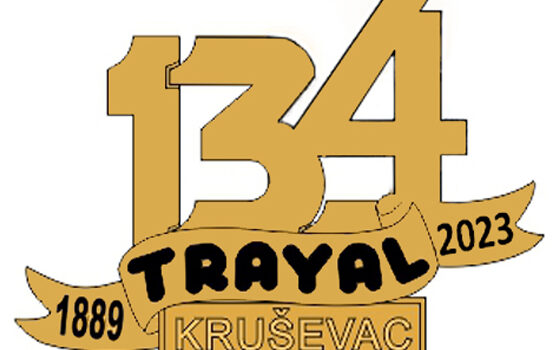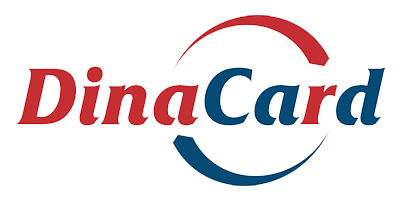1.What are new tyre labels and how are the tyres being ranked?
The new EU law regulative is that all tyres which are sold in Europe should have a special label which is showing the performance of tyres. The EU ranks tyres by fuel consumption, rolling resistance on wet surface and external noise level, therefore, since the 1st of January 2012, we have a new way to compare tyres when purchasing.
2.Is it possible to use a different dimension of tyres than the one is recommended by manufacturer of the vehicle?
It is possible, but it has to be taken care that a deviation of replacement tyre from original does not exceed + or – 3%. Before any decision you should check using the calculator for tyre and consult tyres specialist.
3.When and why we should put summer tyres?
Summer tyres should be put when the daily temperature starts to exceed 7 degrees. Since summer tyres are not safe on snow and ice, so winter tyres are insecure on a hot asphalt. The difference between summer and winter tyres is in the depth and type of the pattern, but also in the material from which they are made. Winter tyres are made of softer mixture that spends significantly more quickly on high temperature so if you use them in summer you will have to buy new winter tyres sooner.
4.What is the minimum tread depth on summer and winter tyres?
According to the Law on Traffic Safety legally required minimum tread depth for tyres is 1.6 mm for summer tyres and 4mm for winter tyres.
5.Which are the advantages of the Kama tyres?
The advantages of the Russian Kama tyres are: fuel economy up to 15%, tyre mileage up to 500 000km, reduced possibility of skidding during acceleration, improved mobility, high-strength, less weight of tyres, high wear resistance, complete safety when it comes to the environment and an excellent ratio of price and quality of the tyres.
6.How long is the warranty period and the deadline for resolving complaints?
The warranty period on Kama program is 25 months and the warranty period on Trayal program is 36 months. The deadline for resolving complaints is 15 days.
7.What is the difference between the M + S tires and winter tyres?
Winter tyres should always have the M + S (Mud & Snow), M & S or M.S label. That means that all tyres with these labels, including some of the summer tyres, may be considered appropriate snow tyres. However label M + S does not mean that tyre is mandatory winter tyre, it may be winter tyre or all-season tyre. Although winter tyres are marked with M + S symbol they should also be marked with symbol of the mountain / snowflake.
8.Why shouldn’t you drive a summer tyre on winter and vice versa?
One of the reasons why you should not use winter tyres in summer and vice versa is safety. The risk of accidents is higher in the winter due to low temperatures, precipitation and wet roads covered with snow and ice, so in such driving conditions, it is necessary to use winter tyres. Winter tyres have a different composition from the summer tyres since they contain more silicon which retains elasticity even at low temperatures. This allows a better grip and a shorter braking distance, so when the air temperature drops below 7 degrees, it is necessary to use winter tyres.
9.What is validity period of the tyre and what is considered as a new tyre?
Precisely determining the durability of a tyre is not entirely possible. The shelf life of the tyres depends on many factors such as the correct mounting and balancing, regular control of the tyre pressure, weather conditions, operating conditions, storage … The tyres older than 5 years should be controlled at least once a year and if the tyres are 10 and more years old they should be replaced, because even if the tread is not much worn, the tyre has lost its elastic properties and became brittle and difficult to adhere to.
10.What is aquaplaning and how is it obtained?
Aquaplaning is a phenomenon that occurs when vehicle weight can not displace water from under the tyre during driving on a wet road. Between the tyre and the surface it is creating a thin layer of water and it takes to the slipping of the vehicle.








